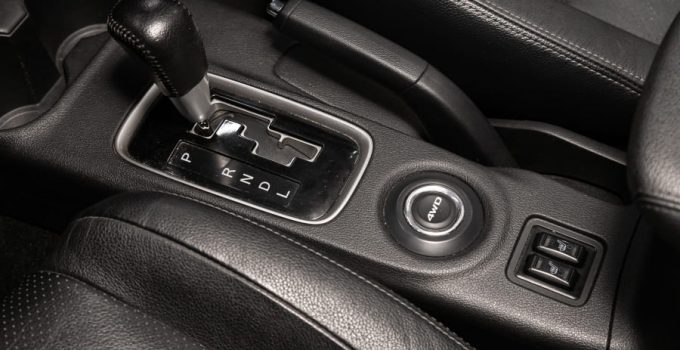
The Twin Clutch SST, also known as the Twin Clutch Sport Shift Transmission, is a 6-speed automatic manual transmission with dual clutches and a manual control function. This is installed in Mitsubishi cars and some models of the French PSA group. The transmission was developed through a partnership between Mitsubishi Motors and the Getrag company (now known as Magna PT). It first appeared on the Lancer Evolution X in 2008. It is characterized by its relatively short gear ratios, which are beneficial to the car's driving dynamics and are important for high-performance vehicles.
Contents
How the Twin Clutch SST works
The Twin Clutch SST uses two electro-hydraulic clutches, each of which is used for a separate gear set. As soon as one gear is shifted, the second is already ready and is engaged after the corresponding clutch has been operated. Gears are shifted smoothly without interrupting the flow of torque. This ensures optimal driving dynamics, reduces fuel consumption and enables sportier driving.
In automatic mode, the transmission control determines the gear selection based on the readings from various sensors. The driver can choose between driving modes, including Normal and Sport (S-Sport on some versions). If necessary, the driver can switch to manual mode. To do this, he slides the shift lever from the “D” position to a special position and then to “+” or “-” or uses the paddle shifters.
The technical data of the Twin Clutch SST
| Index | Number of gears | Max . Motor capacity, L | Max. Torque, N m | Coupling type | Drive type | Year of manufacture | Models |
| SPS6 (6DCT470) | 6 | 2,2 | 470 | Wet | Front, 4WD | 2008 | Mitsubishi cX; Mitsubishi Outlander; Citroën C-Crosser; Gallant Fortis; Peugeot 4007; Mitsubishi Lancer |
Common defects in the Twin Clutch SST
- The damper and springs can fail prematurely. A sporty driving style increases this risk.
- The transmission is sensitive to dirt. The filter and fluid must be changed frequently.
- The hydraulic valve body passages and solenoid valves become clogged with the wear debris of the friction discs and damper components, causing the transmission to malfunction.
- The transmission overheats easily, requiring periodic cleaning of the chiller.
- Excessive vibration can damage the seal cover and cause the transmission case to leak.
